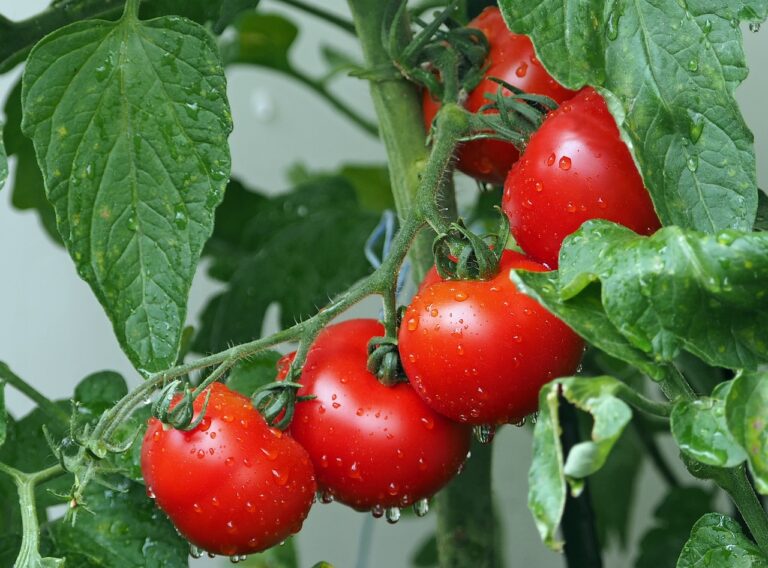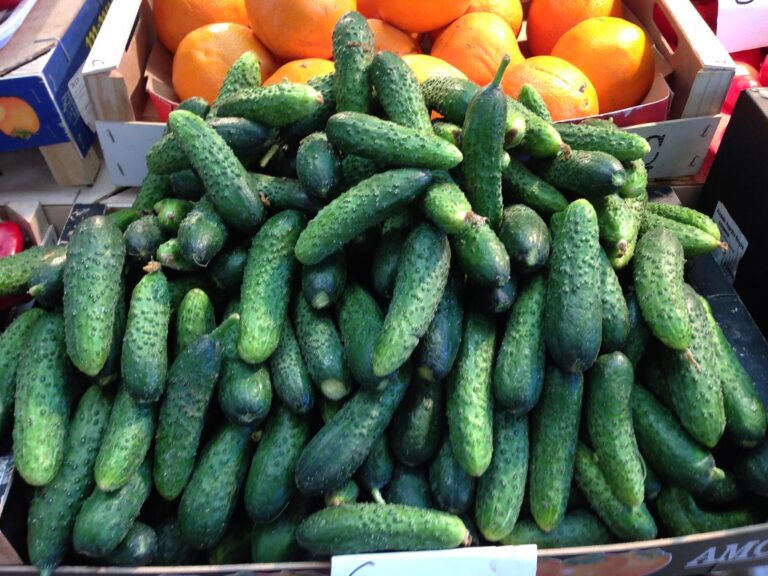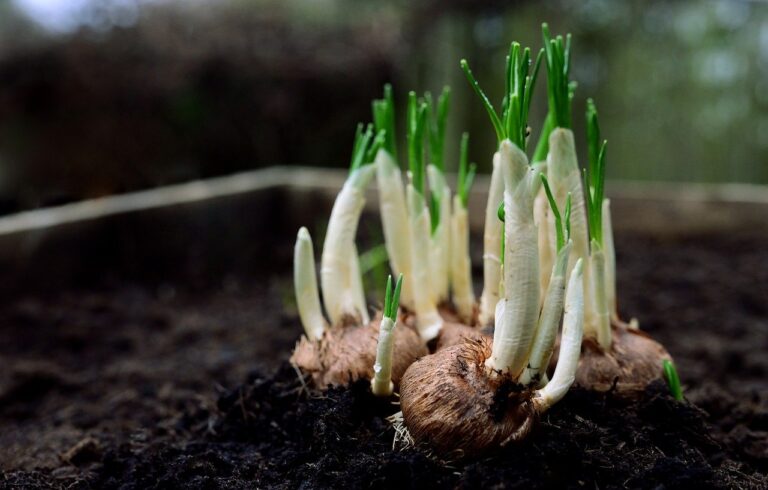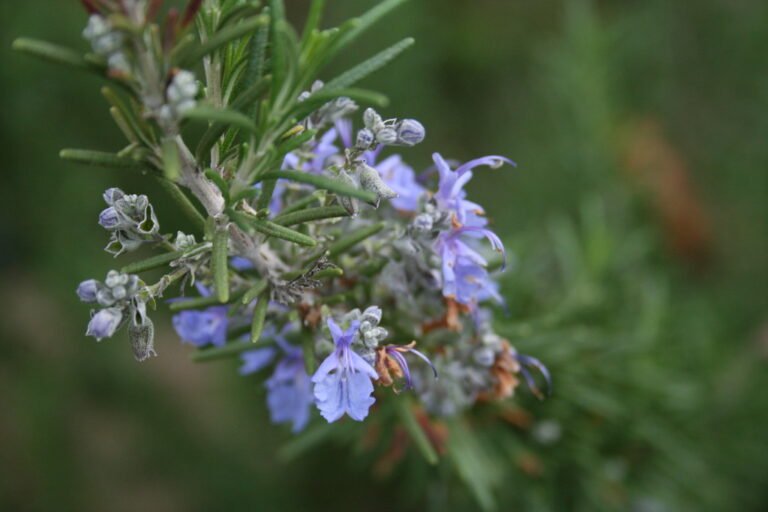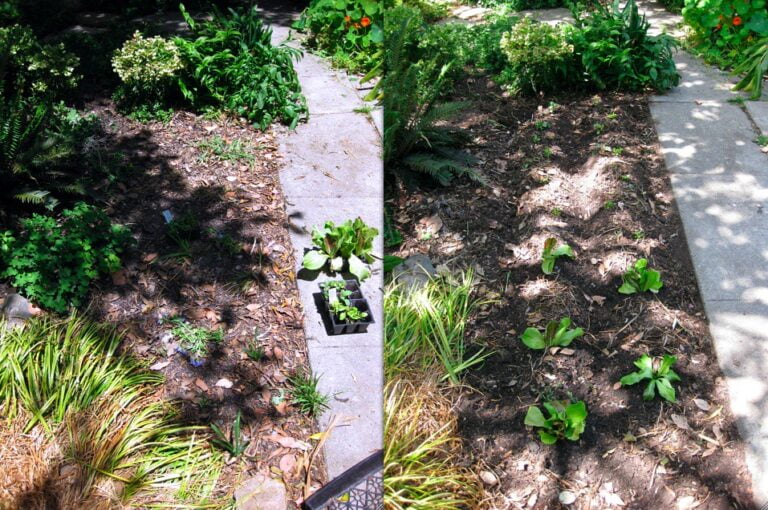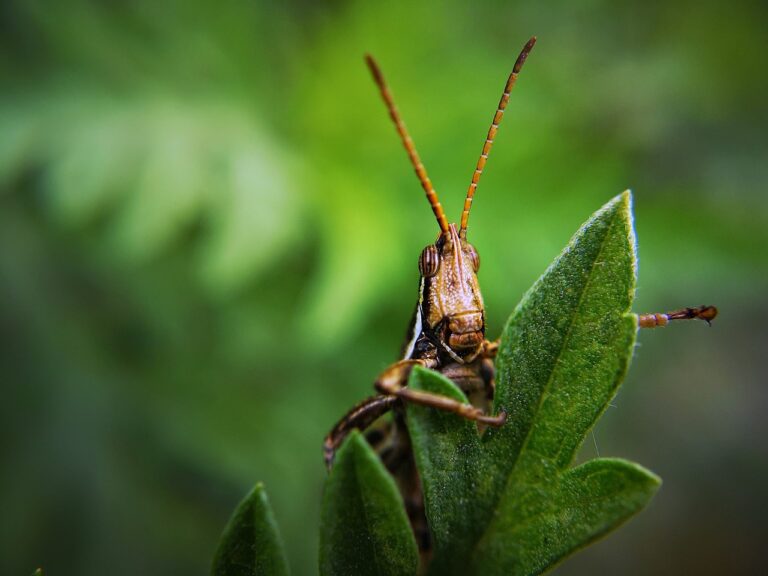Growing Tomatoes in Your Indoor Garden
Are you ready to experience the joy of growing your own tomatoes in the comfort of your own home? With the right techniques and a little bit of care, you can enjoy a bountiful harvest of fresh, juicy tomatoes all year round. In this article, we will guide you through the process of setting up and maintaining an indoor tomato garden. From choosing the right varieties to tackling common pests and diseases, we've got you covered. Get ready to savor the taste of homegrown tomatoes like never before!
Choosing the Right Tomato Varieties
- Choose a variety of tomatoes that best suits your indoor gardening needs. When it comes to selecting the right tomato varieties for your indoor garden, there are a few factors to consider. First, think about the space you have available. If your indoor garden is limited in size, you may want to opt for compact varieties such as cherry tomatoes or determinate varieties that don't require extensive staking. Next, consider your taste preferences. Are you a fan of sweet, juicy tomatoes or do you prefer a more acidic flavor? There are numerous tomato varieties available, each with its unique taste profile. Lastly, think about the length of your growing season. If you live in a region with a short growing season, choose early-maturing varieties that will ripen quickly. By carefully selecting the right tomato varieties for your indoor garden, you can ensure a bountiful harvest of delicious, homegrown tomatoes that will satisfy your taste buds.
Setting Up Your Indoor Tomato Garden
To set up your indoor tomato garden, gather all the necessary materials and equipment. First, choose the right containers, such as pots or grow bags, ensuring they have drainage holes. Opt for a high-quality potting mix that is rich in organic matter and well-draining. Next, select tomato seedlings or seeds of your preferred tomato varieties. Make sure to provide support for your tomato plants, such as stakes or cages, to prevent them from falling over as they grow. Consider using a grow light to supplement natural sunlight, especially if your indoor space lacks adequate light. Additionally, invest in a timer to regulate the light exposure. Finally, gather basic gardening tools like a watering can, pruners, and a small trowel. With these materials and equipment, you'll be well-prepared to create a thriving indoor tomato garden.
Providing Adequate Lighting for Tomatoes
To ensure optimal growth and development, you need to provide your indoor tomato plants with adequate lighting. Tomatoes are sun-loving plants that require at least 10-12 hours of direct light each day. When growing them indoors, natural sunlight may not be sufficient, especially during the winter months. Therefore, you'll need to supplement their light needs with artificial lighting. LED grow lights are highly recommended for indoor tomato cultivation as they provide the right spectrum of light needed for photosynthesis. Position the lights about 6-12 inches above the tomato plants to prevent stretching and ensure even light distribution. Keep the lights on for 14-16 hours a day to mimic the sun's natural cycle. Remember, providing adequate lighting is crucial for your indoor tomato plants' overall health and productivity.
Selecting the Best Containers for Indoor Tomato Growing
When selecting containers for indoor tomato growing, consider using pots that are large enough for the plants to grow and thrive. A container that is at least 18 inches in diameter and depth is ideal for tomato plants, as it provides ample space for the roots to spread out and access nutrients. Additionally, make sure that the container has good drainage holes to prevent waterlogged soil, which can lead to root rot. It is also recommended to choose containers made of lightweight materials, such as plastic or fiberglass, as they are easier to move and less likely to break. Furthermore, consider using self-watering containers or adding a saucer underneath to catch excess water, as tomatoes require consistent moisture. By choosing the right containers, you are setting your indoor tomato garden up for success and ensuring healthy, thriving plants.
Soil and Fertilizer Requirements for Indoor Tomatoes
For optimal growth and nutrient uptake, your indoor tomato plants require a well-draining soil mix and regular fertilization. When it comes to soil, choose a mixture that is specifically designed for container gardening, as it will provide the necessary drainage and aeration for your plants. Look for a blend that includes components such as peat moss, perlite, and vermiculite, which help to create a light and airy texture. This allows for proper root development and prevents waterlogged conditions that can lead to root rot. Additionally, indoor tomatoes are heavy feeders, so regular fertilization is crucial. Use a balanced, water-soluble fertilizer formulated for tomatoes, applying it according to the package instructions. This will ensure that your plants receive the necessary nutrients for healthy growth and abundant fruit production. Remember to monitor soil moisture levels and adjust your watering and fertilization schedule accordingly. By providing the right soil mix and fertilizing regularly, you can give your indoor tomatoes the best chance of thriving and producing a bountiful harvest.
Watering and Maintaining Proper Moisture Levels
To ensure the healthy growth and development of your indoor tomato plants, it is important to properly water and maintain the moisture levels in their soil. Water is a vital component for all plants, and tomatoes are no exception. When it comes to watering your indoor tomato plants, it's crucial to strike a balance. Overwatering can lead to root rot and other diseases, while underwatering can cause stunted growth and blossom end rot. To maintain proper moisture levels, check the soil regularly by inserting your finger about an inch deep. If it feels dry, it's time to water. Ensure that the water reaches the roots by watering slowly and deeply. Additionally, it is crucial to provide good drainage to prevent waterlogged soil. By paying attention to your tomato plants' moisture needs, you'll help them thrive and produce an abundance of delicious tomatoes.
Pruning and Training Tomato Plants Indoors
To properly prune and train your indoor tomato plants, start by carefully selecting the main stem and removing any suckers that may form. Suckers are the small shoots that grow in the crotch between the main stem and the branches. By removing these suckers, you allow the main stem to receive maximum nutrients and energy, resulting in healthier and more productive plants.
When pruning, use clean and sharp pruning shears to make clean cuts. Remove any yellow or diseased leaves to prevent the spread of diseases. Additionally, remove any branches that are crossing or rubbing against each other to prevent damage and improve air circulation.
Training your tomato plants indoors is crucial to optimize space and promote upward growth. Use stakes or cages to support the main stem and branches. Gently tie the branches to the support structure using soft plant ties, allowing them to grow vertically.
Dealing With Common Pests and Diseases
After properly pruning and training your indoor tomato plants, it is important to address common pests and diseases that may affect their growth and productivity. Pests such as aphids, whiteflies, and spider mites can infest your tomato plants and cause significant damage. To combat these pests, regularly inspect your plants and remove any affected leaves or insects manually. You can also use organic insecticidal soaps or neem oil sprays to control infestations. Diseases like blight, powdery mildew, and blossom end rot can also hinder your tomato plants' development. To prevent these diseases, ensure proper air circulation around your plants, avoid overwatering, and maintain consistent temperature and humidity levels. If you notice any signs of disease, promptly remove affected leaves or fruits and consider using organic fungicides or disease-resistant tomato varieties. By addressing common pests and diseases, you can ensure the health and productivity of your indoor tomato plants.
Harvesting and Enjoying Indoor Tomato Yield
Once you have successfully addressed common pests and diseases that may affect your indoor tomato plants, it's time to focus on harvesting and enjoying your tomato yield. Harvesting your indoor tomatoes is a rewarding experience that allows you to savor the fruits of your labor. When your tomatoes are ripe and ready to be picked, gently twist and pull them from the vine. It's important to harvest tomatoes when they are fully ripe, as they will have the best flavor and texture. Avoid picking them too early or too late, as this can affect their taste and quality. Once harvested, you can enjoy your tomatoes in a variety of ways – from slicing them for sandwiches and salads to cooking them into delicious sauces and soups. The possibilities are endless! So go ahead, savor the taste of your homegrown tomatoes and share the joy with your loved ones.
Troubleshooting Tips for Indoor Tomato Gardening
Having trouble with your indoor tomato garden? Don't worry, we've got you covered with some troubleshooting tips to help you overcome common challenges. One issue you may encounter is inadequate pollination. Since indoor gardens lack natural pollinators, you can manually pollinate your tomato plants by gently shaking or tapping the flowers. Another problem is insufficient light. Tomatoes require at least 8-10 hours of direct sunlight or artificial light. Consider using grow lights or placing your plants near a window with ample sunlight exposure. Overwatering is another pitfall to avoid. Ensure proper drainage and let the top inch of soil dry out before watering again. Lastly, watch out for pests like aphids and whiteflies. Regularly inspect your plants and use organic pest control methods if necessary. With these troubleshooting tips, you'll be able to cultivate healthy and thriving indoor tomato plants. Happy gardening!
Conclusion
In conclusion, growing tomatoes in your indoor garden can be a rewarding and fruitful experience. By choosing the right tomato varieties, setting up the proper environment, providing adequate lighting, and using the best containers, you can ensure the success of your indoor tomato garden. With the right soil, fertilizer, pruning, and pest control techniques, you'll be able to enjoy a bountiful harvest of delicious tomatoes. So, start your indoor tomato garden today and savor the joy of homegrown tomatoes year-round.

